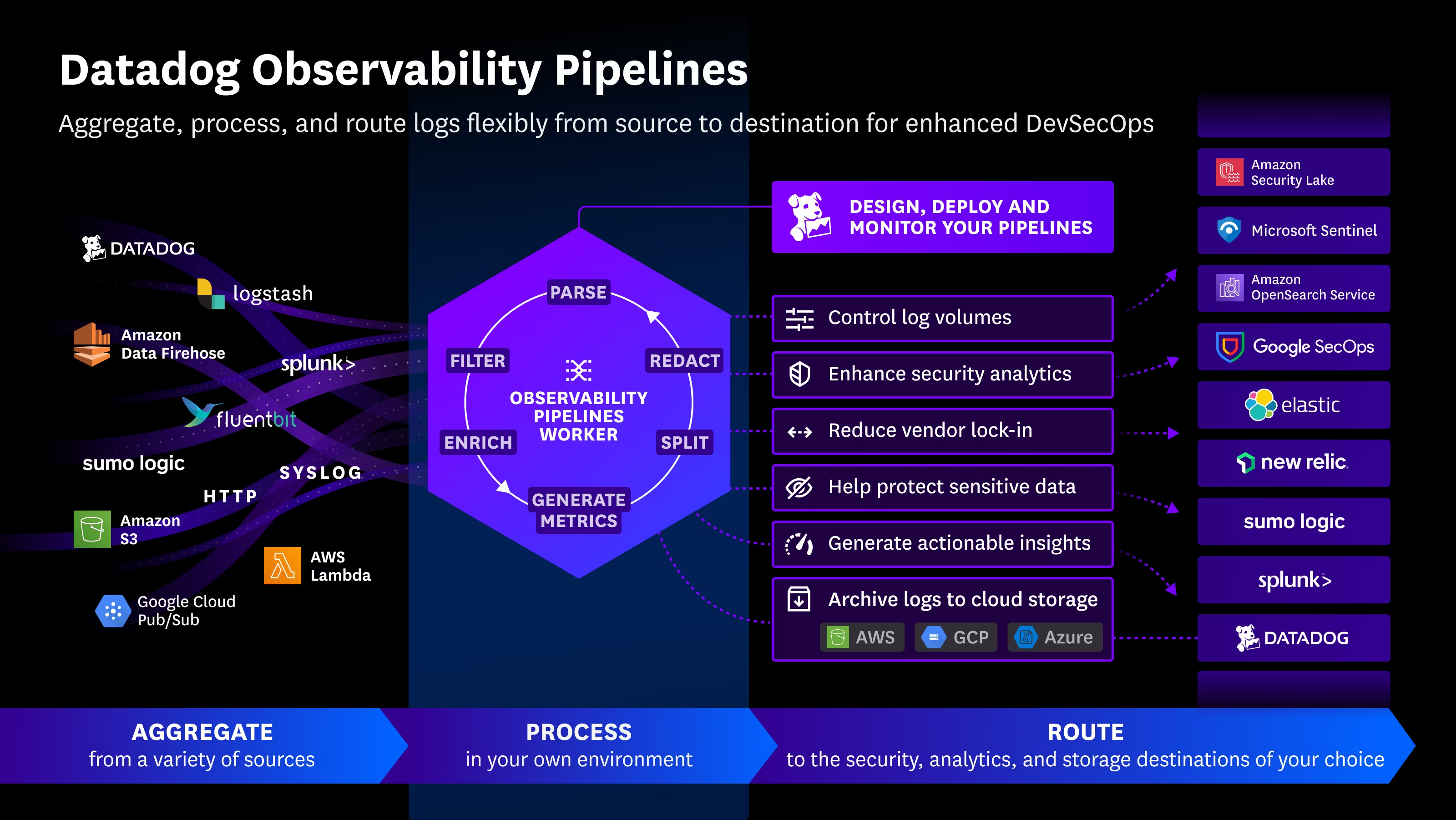Cybercriminals are exploiting a familiar fear-based tactic to trick users into clicking malicious links — this time posing as Amazon with fake product recall alerts.
Victims are receiving text messages claiming that an item they purchased “does not meet Amazon’s safety standards” and urging them to stop using it immediately. To add urgency, the message says the product is unsafe and includes a link to request a refund and view order details.
How the Scam Works
The fraudulent message reads along the lines of:

“Amazon Safety Recall: We are contacting you because the product you purchased is being recalled due to safety and quality concerns. Please stop using it immediately and contact us to arrange a full refund. View your order details at the link below. Your safety is our top priority.”
However, the link does not lead to Amazon at all. Instead, it redirects to a phishing domain — amazonzbzc[.]co — designed to look like Amazon’s site. Its goal is to harvest personal information, steal login credentials, or even commit financial fraud.
Scammers intentionally avoid specifying the product or the exact defect so that as many recipients as possible will consider the warning relevant to them. The Federal Trade Commission (FTC) has previously warned about the rise of similar scams, noting their growing sophistication.
How to Protect Yourself from Amazon Phishing Attempts
If you receive such a message:
- Do not click any links. Verify the claim by logging directly into your Amazon account via the official app or website and checking your Message Center.
- Report it to Amazon, even if you didn’t click the link. In the U.S., you can forward the text to 7726 (SPAM) or use the “Report Junk” option on your phone.
- Enable two-step verification for your Amazon account to add an extra layer of security against credential theft.
- Audit your online presence to see what personal data is publicly available and reduce your digital footprint where possible.
- Use web protection tools that can detect and block phishing sites, card skimming scripts, and other malicious activity.
What to Do If You Clicked the Link
If you’ve fallen victim to this or a similar scam:
- Immediately change your Amazon password — and any other accounts that share the same password.
- Monitor your bank and credit card statements for unfamiliar charges, and contact your financial institution at once if you detect anything suspicious.
Source: https://www.malwarebytes.com/blog/news/2025/08/that-amazon-safety-recall-message-may-well-be-a-scam

 Español
Español













